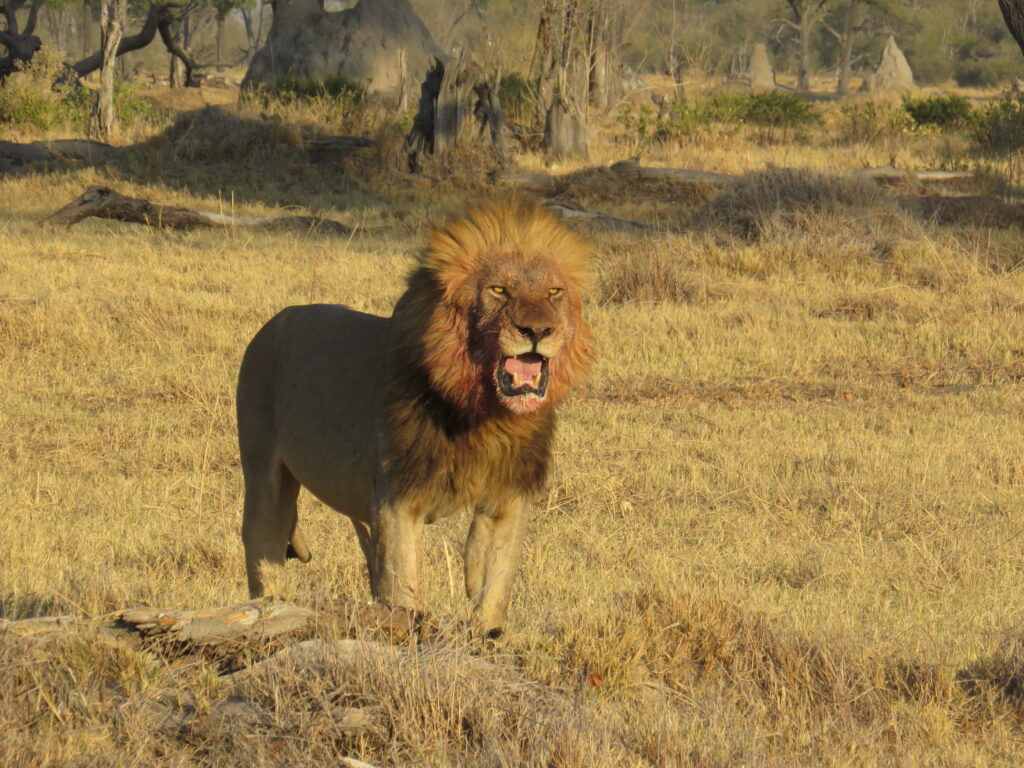
The Okavango Delta- Africa's Last Eden
A Miracle of Nature
The Okavango Delta is a phenomenon. It is the world’s largest inland delta, a life-giving oasis of pristine waterways, lush forests, and sprawling savannas that miraculously blooms in the heart of the arid Kalah Desert. Unlike any other river system on Earth, the Okavango has no ocean to meet. Instead, its waters—born from summer rains in the highlands of Angola—travel over 1,000 km to spill out onto the sands of Botswana, creating a unique and dynamic ecosystem teeming with life. This UNESCO World Heritage Site is not just a place to visit; it is a living, breathing wilderness to be understood and revered.Read More
How the Delta Lives and Breathes
The Delta is a pulse of life dictated by two distinct seasonal cycles:
The Annual Flood: The Delta’s most famous event. Waters from distant Angola arrive in the dry season (May – October), dramatically reversing the area’s dry spell. This slow-moving flood transforms the parched landscape into a labyrinth of channels and lagoons, attracting incredible concentrations of wildlife.
The Rainy Season: From November to April, local summer rains drench the Delta. This “Green Season” brings a different kind of magic: the landscape erupts in emerald green, migrant birds fill the skies, and newborns dot the plains. It’s a time of plenty and vibrant renewal.
This dual cycle means the Delta is constantly changing, offering a profoundly different experience depending on when you visit.
What You Will See: A Realm of Incredible Wildlife
The Okavango Delta is a stronghold for African wildlife. The constant presence of water supports some of the continent’s highest densities of animals, both predators and prey.
The Famous & The Fierce: This is one of the best places on Earth to see the Big Five. Enormous herds of elephant and buffalo thrive here. Lions are abundant, often adapting to hunt in water or from the backs of floodplains. Leopards stalk the wooded islands, and both black and white rhino are being carefully protected and reintroduced in private concessions.
The Aquatic Specialists: The Delta is home to species uniquely adapted to water. Look for the majestic red lechwe antelope, gracefully wading through deep water, and the elusive situtunga, a swamp-dwelling antelope with splayed hooves.
The Predators: Look beyond the Big Five for the endangered African wild dog, whose packs are highly successful in this ecosystem. Spotted hyena clans provide a constant, thrilling soundtrack to the night.
A Birdwatcher’s Paradise: With over 400 species recorded, the Delta is avian heaven. Spot the iconic African fish eagle (whose cry is the sound of Africa), the prehistoric-looking saddle-billed stork, vibrant carmine bee-eaters, and countless kingfishers, herons, and storks.
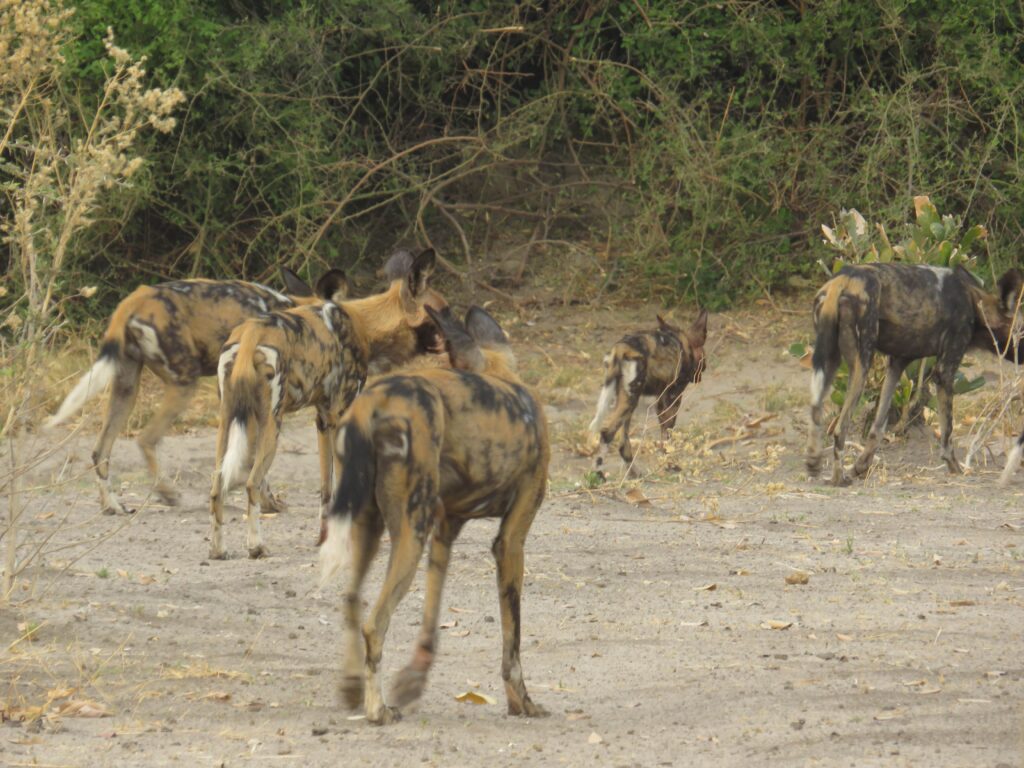
Moremi Game Reserve
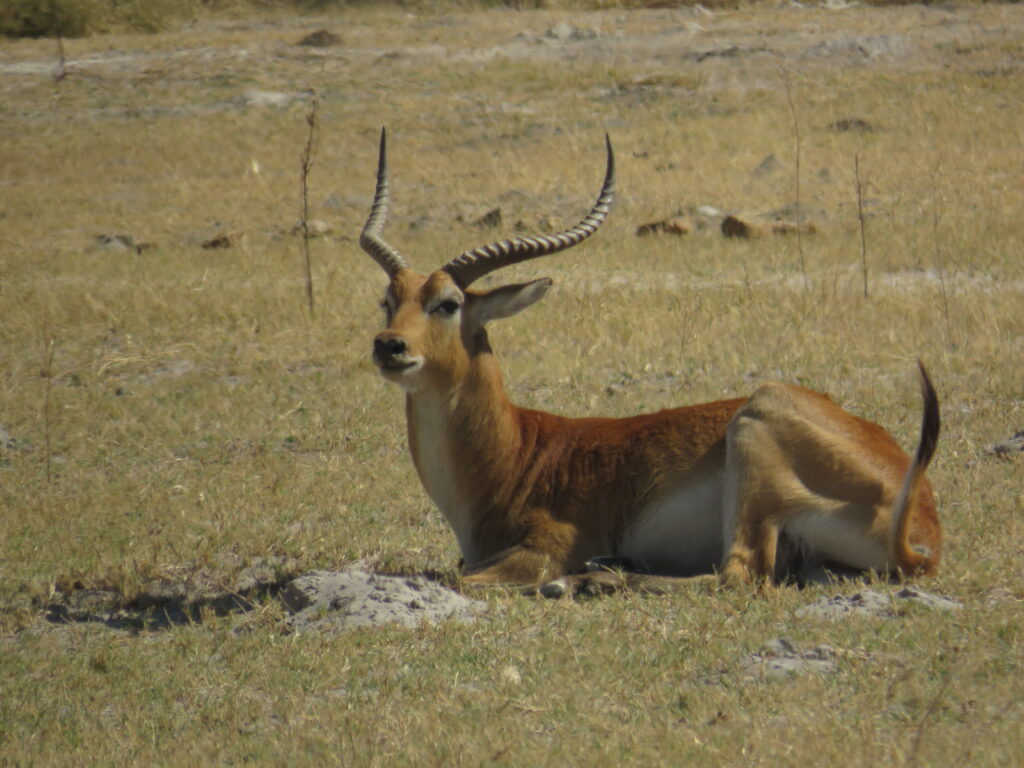
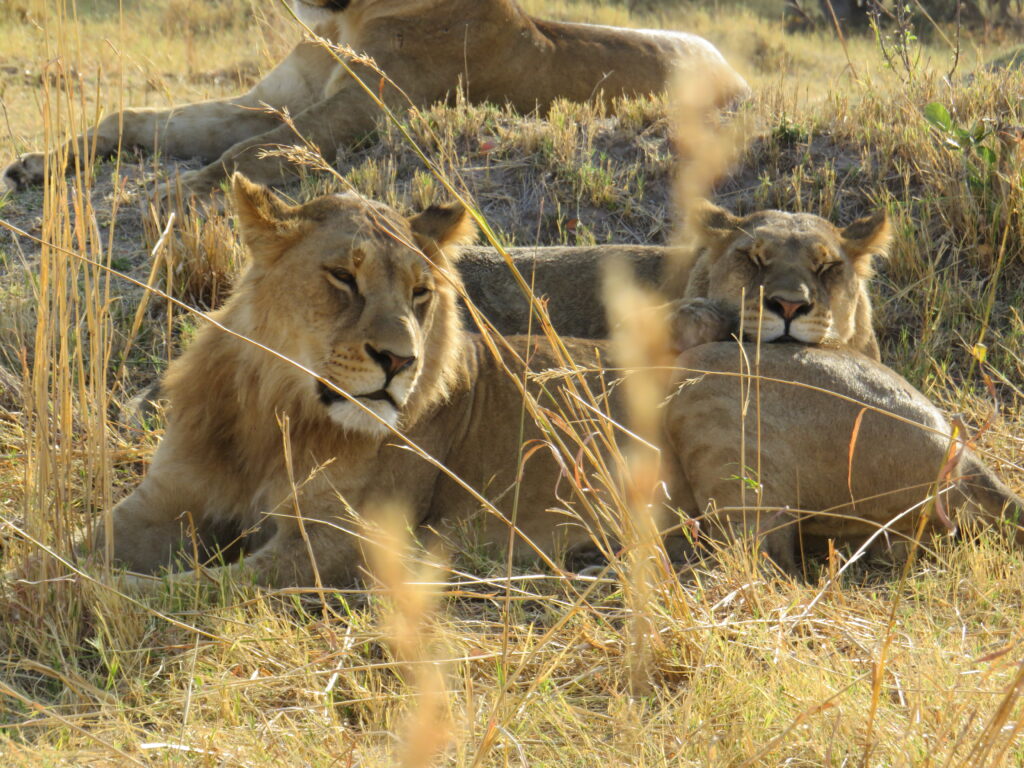
The Crown Jewel of the Okavango
Moremi Game Reserve is the beating heart of the Okavango Delta. Unlike the private concessions that surround it, Moremi is a formally protected reserve, a spectacular mosaic of winding permanent waterways, lush lagoons, dense mopane woodlands, and vast floodplains. Named after Chief Moremi of the BaTawana tribe, this visionary sanctuary was established to protect this incredible ecosystem for generations to come. For the safari purist, Moremi offers some of the most consistent and thrilling game viewing in all of Africa, making it an unmissable chapter in any Botswana adventure. Read More
A Landscape of Dramatic Contrasts
Moremi’s unique geography, comprising the Chief’s Island and the Mopane Tongue areas, creates a world of contrasting habitats within a single reserve.
The Water-Lands: Explore the iconic Xakanaxa Lediba lagoon and the twisting channels of the Khwai River area. These permanent water sources are lifelines, drawing massive concentrations of wildlife, especially in the dry season.
The Dry Landscapes: Venture into the Mopane Woodlands and open savannas. These drier areas are home to elusive grazers and the predators that follow them, offering a classic, rugged African safari experience.
This diversity means every game drive is a journey through different worlds, each with its own cast of characters.
What You Will See: A Concentration of Giants and Hunters
Moremi is world-renowned for its predator density and spectacular birdlife. The permanent water ensures animals thrive here year-round.
The Apex Predators: This is arguably Botswana’s best destination for big cat sightings. Prides of powerful lions often specialize in hunting buffalo. The wooded islands are the domain of the elusive leopard. The open plains are the perfect habitat for cheetah, and the reserve is a stronghold for the endangered African wild dog – seeing a pack here is a truly special event.
Giants of the Delta: Enormous herds of elephant and buffalo congregate at the water’s edge, especially from July onwards. Towering giraffe browse through the acacia woodlands, and hippos fill the lagoons with their grunts and splashes.
Plains Game & Specials: Look for the elegant red lechwe and rare sitatunga in the wetlands, while impala, zebra, wildebeest, and tsessebe graze the open plains.
A Birder’s Paradise: From the majestic African fish eagle to the vibrant Lilac-breasted roller (Botswana’s national bird), Moremi dazzles. Seasonal migrants like carmine bee-eaters add splashes of color, and the waterways are filled with storks, herons, and kingfishers.
Chobe National Park
A Park of Epic Contrasts
Chobe National Park is a land of dramatic extremes and untamed wilderness. As Botswana’s first national park, it is a vast and diverse ecosystem, world-renowned for hosting the highest concentration of elephants on Earth. But Chobe is far more than just elephants. It is a park of distinct regions, each with its own unique character and incredible wildlife dramas. A mobile safari through Chobe offers the unparalleled freedom to journey between these contrasting worlds, from the life-giving waters of the Chobe River to the predator-rich, arid plains of Savuti. Read More
The Two Faces of Chobe: Riverfront & Savuti
Understanding these two key regions is essential to appreciating the full majesty of Chobe.
1. The Chobe Riverfront: The Aquatic Eden
Located in the northeast, the Chobe River is the park’s pulsating heart. This permanent water source acts as a powerful magnet for wildlife, especially during the dry season (May-October).
The Landscape: A stunning contrast of deep blue river channels, lush floodplains, and dense woodlands. The river itself forms the border with Namibia.
What You Will See:
The Elephant Spectacle: Prepare to be awestruck. Herds numbering in the hundreds descend on the river daily to drink, bathe, and socialize. It is one of Africa’s greatest wildlife sights.
River Giants: Large pods of hippos grunt and wallow, while sizeable Nile crocodiles bask on the banks.
Concentrations of Game: The water attracts vast herds of buffalo, waterbuck, lechwe, and puku (a rare antelope unique to this area).
Birdlife: The riverine forest is a birdwatcher’s dream, alive with carmine bee-eaters, African skimmers, fish eagles, and countless other water birds.
What Happens Here:
River Boat Safaris: A quintessential Chobe experience. A cruise along the river offers a unique vantage point for photography and close-up views of animals coming to drink.
Riverside Game Drives: Follow the network of game drive roads along the bank for incredible terrestrial viewing, with constant action and stunning scenic backdrops.
2. Savuti: The Predator’s Arena
Located in the west of Chobe, Savuti is a place of legend, known for its raw, harsh beauty and intense predator-paction dynamics. It’s a landscape shaped by the mysterious, intermittent flow of the Savuti Channel.
The Landscape: A starkly beautiful area of vast, golden savanna, scattered rocky outcrops, and the skeletal remains of ancient trees in the Savuti Marsh. The landscape is dominated by the Gubatsaa Hills.
What You Will See:
Apex Predators: Savuti is famous for its lion prides, some of which have adapted to hunt adult elephants. It’s also a fantastic place for leopard, spotted hyena, and cheetah.
Iconic Scenery: The skeletal trees of the marsh create a hauntingly beautiful and photogenic landscape, especially at sunrise and sunset.
Diverse Prey: While concentrations vary, you’ll find zebra, wildebeest, giraffe, kudu, and the majestic roan antelope.
Ancient History: The Bushman paintings at Gubatsaa Hills offer a fascinating glimpse into the human history of this ancient land.
What Happens Here:
Theatre of Survival: Game drives in Savuti are intense and action-packed. This is where you witness the raw circle of life; the strategies of hunters and the resilience of prey.
Stargazing: With minimal light pollution, the Savuti night sky is a breathtaking canopy of stars, offering incredible astronomy opportunities.
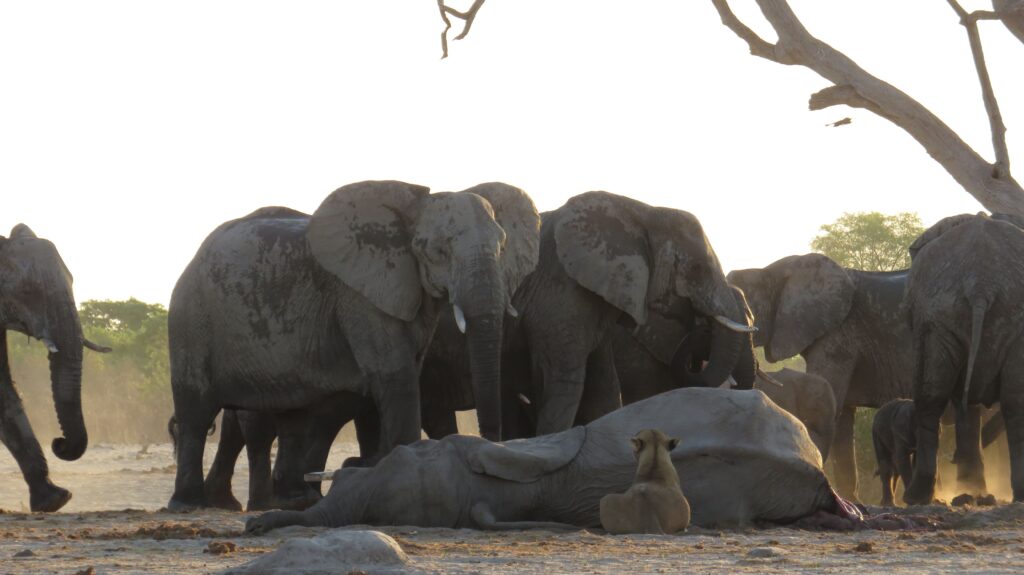
Central Kalahari Game Reserve
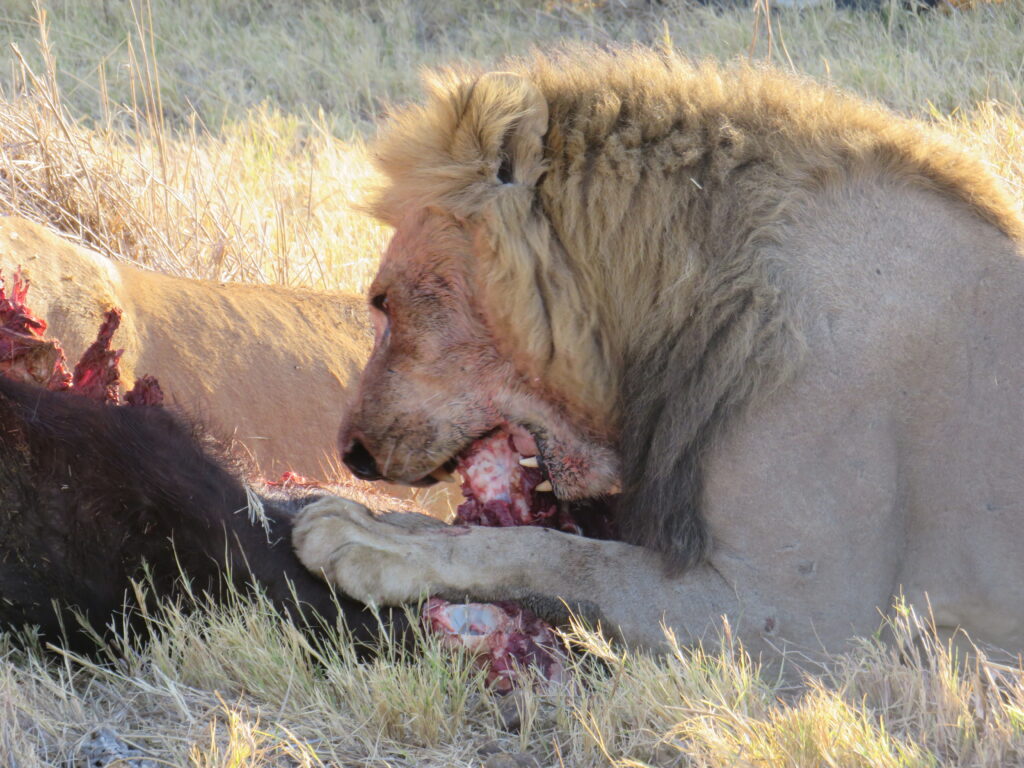
The Last Great Expanse
Welcome to the Central Kalahari Game Reserve (CKGR), the largest, most remote, and most untouched game reserve in Southern Africa. This is not a destination of lush waterways and dense woodlands; it is a journey into the soul of the desert itself. The CKGR is a vast, ancient landscape of endless horizons, sprawling salt pans, silver grasslands, and hardy camelthorn acacia trees. To venture here is to experience a raw, silent, and profoundly spiritual Africa—a place where the sky dominates and life has adapted with incredible resilience. This is a safari for the purist, the adventurer, and those seeking solitude on a truly epic scale. Read More
A Landscape of Stark and Surreal Beauty
The beauty of the CKGR is in its immense scale and subtlety. Its magic unfolds in the play of light on the grasslands and the sheer emptiness that stretches to the horizon.
The Great Pans: Explore the surreal, flat expanses of Deception Valley, Passarge Valley, and Piper’s Pan. These ancient lakebeds are the heart of the reserve and become the stage for incredible wildlife gatherings during the rains.
The Golden Grasslands: Seas of tall, golden grass ripple in the wind, providing food for herds of antelope and cover for stalking predators.
The Expansive Skies: With no light pollution for hundreds of miles, the CKGR offers arguably the most spectacular night skies in Africa—a breathtaking canopy of stars that feels close enough to touch.
What You Will See: Survivors of the Desert
The wildlife here is specially adapted to survive the harsh Kalahari conditions. Seeing them is a reward, a testament to nature’s tenacity.
The Desert Specialists: This is the best place in Botswana to see the majestic gemsbok (oryx), with their elegant horns and timeless beauty. You’ll also find large herds of springbok and gemsbok, alongside red hartebeest, eland (the world’s largest antelope), and the elusive bat-eared fox.
The Famous Black-Maned Kalahari Lions: The lions of the CKGR are legendary. They are often larger, with magnificent black manes, and have vast territories they roam in search of prey. Seeing them in this environment is a truly iconic experience.
Predators & Unique Species: Look for cheetah using the open plains to their advantage, leopard in the rocky outcrops, and both brown and spotted hyena. This is also one of the best places to find the fascinating meerkat, often seen standing sentry on termite mounds.
Birdlife: The birding is exceptional, with species like the kori bustard (the world’s heaviest flying bird), secretary birds, ground hornbills, and a variety of raptors.
What Happens Here: The Rhythm of the Seasons
A mobile safari in the CKGR is a lesson in adaptation, dictated by two very different seasons.
The Green Season (Dec – Apr): The summer rains transform the desert into a paradise. The pans fill with water, the grasslands explode with green growth, and the reserve teems with life. This is the time for the famous great migration of zebra, wildebeest, and gemsbok—one of Africa’s last unknown migrations. It’s a time of plenty, vibrant landscapes, incredible birding, and dramatic thunderstorms.
The Dry Season (May – Nov): The landscape takes on its classic golden hue. Wildlife becomes more reliant on the artificial waterholes (in designated areas), making them excellent spots for observation. The animals are more spread out, but the excellent visibility makes for fantastic game viewing and tracking. This is the time for stark, beautiful photography and experiencing the true, arid soul of the Kalahari.
Nxai Pan National Park/ Makgadikgadi Pans
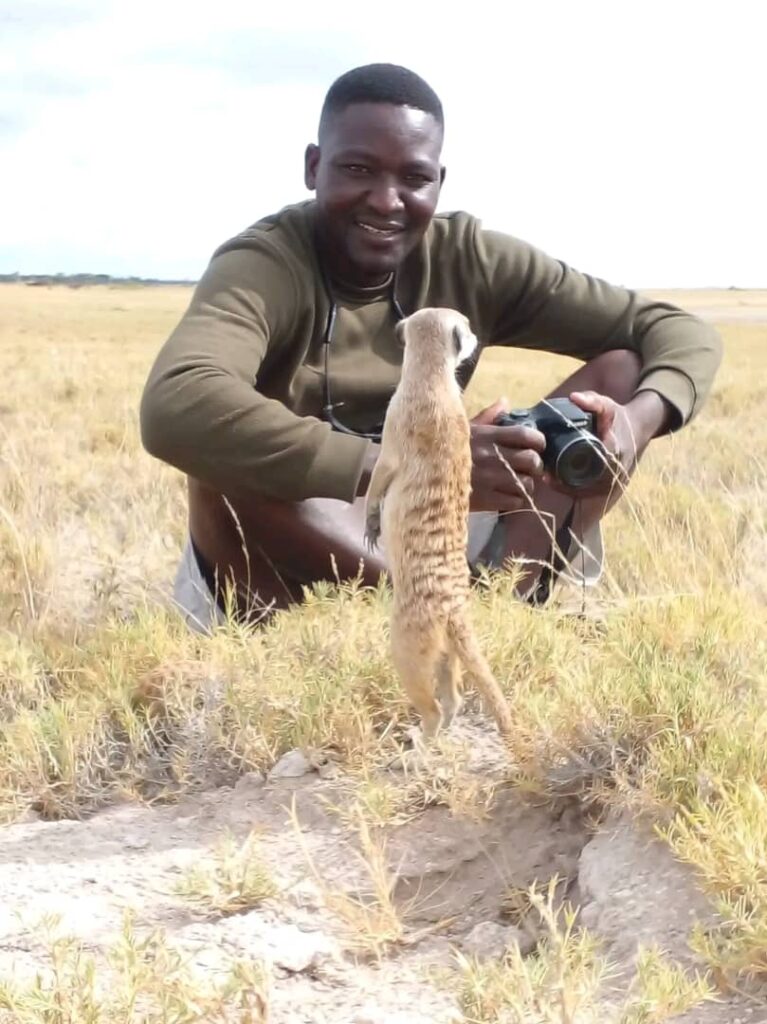
A Journey into the Infinite
Step into a world of breathtaking emptiness and surreal beauty. The Makgadikgadi Pans, one of the largest salt flat complexes on Earth, and Nxai Pan, a fossilized lakebed dotted with ancient baobabs, offer a safari experience unlike any other in Botswana. This is not a traditional game drive destination; it is an expedition into a vast, silent, and awe-inspiring landscape that feels more like another planet. Here, the journey is defined by boundless horizons, incredible adaptations, and the profound peace of one of the world’s last great untouched spaces.
A Landscape Born from a Prehistoric Lake
These pans are all that remains of the ancient Lake Makgadikgadi, a body of water that once dwarfed all of modern-day Botswana. Today, it presents two distinct faces:
The Makgadikgadi Pans: A sprawling, dazzling white expanse of salt-encrusted earth that stretches to the horizon. The sheer scale is humbling, and the silence is absolute.
Nxai Pan: Connected to the Makgadikgadi, Nxai Pan is a grass-covered depression dotted with acacia trees and the iconic Baines’ Baobabs—a cluster of enormous, ancient trees immortalized by painter Thomas Baines in 1862.
What You Will See: Life on the Edge
Wildlife in this harsh environment is a testament to resilience and adaptation. The experience is defined by quality of sightings over quantity, and by unique desert specialists. Read More
The Desert Icons:
Meerkats: The charismatic stars of the pans. We can visit habituated families, allowing you to watch their intricate social interactions up close as they forage and stand sentry.
Brown Hyena: This elusive, shaggy-coated scavenger is rarely seen elsewhere but finds a stronghold in the denning sites around the pans. A sighting is a special privilege.
Desert Adaptations: Look for springbok and gemsbok (oryx), which can survive without direct water sources, drawing moisture from the roots of desert melons and tsama melons.
The Seasonal Spectacle (Green Season): After the summer rains (Dec – Apr), the pans undergo a miraculous transformation. The hard clay surface softens, attracting one of Southern Africa’s last great migrations. Massive herds of zebra and wildebeest arrive, followed by predators like lion and cheetah, creating a unexpected and dramatic burst of life. The pans also become a critical breeding ground for vast flocks of flamingos and other waterbirds.
The Baobabs: A journey to Nxai Pan is incomplete without visiting Baines’ Baobabs. These seven gigantic trees, standing alone on the edge of the pan, are a photogenic and timeless landmark, especially at sunrise or sunset.
What Happens Here: Adventures in the Great Nothingness
A mobile safari here is about unique activities that connect you to the immense scale and silence of this environment.
Quad Biking across the Pans: Feel the ultimate freedom as you skim across the endless, flat surface of the salt pans on a guided quad bike excursion. It’s an exhilarating way to appreciate the sheer scale of the landscape.
Walking with Meerkats: Sit quietly as a habituated family of meerkats emerges from their burrow. They may use your head or shoulders as a vantage point to scan for predators—a truly unforgettable wildlife interaction.
Sleeping Under the Stars: The pans offer some of the most incredible stargazing on the planet. With zero light pollution, the Milky Way is brilliantly clear. We can arrange for you to sleep out on the pan itself on a fly-camping adventure, with just a mosquito net between you and the universe.
Exploring Kubu Island: A granite “island” rising from the sea of salt, Kubu is a sacred site littered with fossilized beach pebbles and ancient baobabs. It offers a profound sense of history and stunning panoramic views.
The Rhythm of the Pans: When to Visit
The Dry Season (May – Oct): Experience the pans in their classic, iconic state: a vast, cracked, white expanse. This is the time for quad biking, stargazing, and meerkat encounters. Wildlife is sparse but highly specialized.
The Green Season (Nov – Apr): Witness the miraculous transformation. The landscape turns green, attracting the great migration and its predators. This is the time for dramatic wildlife viewing and breathtaking photography of storms over the pans. Access can be more challenging due to rain.
